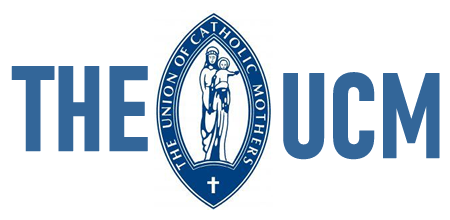WHY PILGRIMAGES
A pilgrimage is a journey undertaken to a sacred or holy place with the intention of asking for the Lord's blessing in your life, to ask for forgiveness, in supplication for a particular petition, or even to ask for physical or psychological healing. The pilgrimage could be as immense as taking a trip to the Holy Land to walk in Christ's footsteps, as simple as visiting a nearby shrine or grotto and anything in between. Pilgrims make these trips not as a holiday or sightseeing tour, but as a prayer and as a quest to encounter the Lord. Pilgrimages have been taking place since the earliest days of the Church, and as the history of the Church continued, pilgrims journeyed to venerate the relics of great saints and the sites of Marian apparitions around the world.
HISTORY OF WALSINGHAM
The history of Walsingham begins in 1061, when Lady Richeldis de Faverches was at prayer. Our Lady appeared to her and asked her to build a replica of her house at Nazareth where the Annunciation took place. This simple Saxon house was later enclosed in a small stone church. The Canons of St. Augustine built a Priory close by and a much larger Priory Church.
From Saxon times people visited Walsingham, petitions were granted, pilgrimages increased. Kings and Queens came to beg favours and receive blessings and gradually Walsingham became the great English centre of devotion to Our Lady. It was, unfortunately, one of the first religious houses to fall at the Reformation. King Henry VIII had the statue of Our Lady of Walsingham burnt at Chelsea.
Now all that remains of the ancient Shrine is the east window of the Priory Church.
The modern Shrine, which is the National Shrine of Our Lady for England, is now situated in the 14th century Slipper Chapel, which was restored to Catholic worship by Miss Charlotte Boyd, in 1897.
The site of the original Shrine lies in the ruins of the old Priory. It is situated to the left of the centre aisle and during our Pilgrimage the Statue of Our Lady is placed there. Before you return home, try to say a prayer there begging Our Lady to intercede with her Divine Son for all UCM intentions, especially for Peace, and the return of the Faith to England.
THE PILGRIMAGE - STATUE OF OUR LADY OF WALSINGHAM
All pilgrimages are centered on the Slipper Chapel, where the statue of our Lady of Walsingham is enthroned. Our Lady is depicted in traditional style seated on a simple chair of state with the Child Jesus on her knee. She wears a Saxon crown in token of her ancient queen-ship and carries the lily of purity.
The Saxon crown and throne denote Mary's Queen- ship and the date of the founding of the shrine 1061.
The Arch denotes rainbow, sign of covenant between God and every living creature. (cf.Gen 9: 12f)
The lily: Three-fold lily-spectre of virginity/sovereignty.
The pillars: Pillars of the House of God.
The seven rings for the Sacraments. Mary points to Christ. Christ extends his arm in double gesture of blessing and protection of his mother.
Seat: Seat of Wisdom. Christ the Word made Flesh, holds the Gospels.
Toadstone which is the East Anglian symbol of evil (cf. Gen. 3:15)
It is a thought-provoking statue with theological implications so typical of the Middle Ages.
The Child seems to dominate. It is not so much a statue of the Mother with the Child as a statue of the Child with the Mother in the background. The Child holds the Book of Gospels with one hand and with the other seems to shield his Mother from attack.


